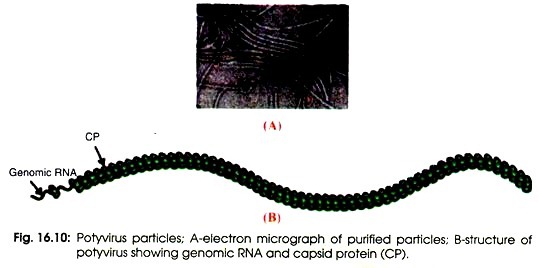ADVERTISEMENTS:
Three Types of Egg present in the Ovum are as follows:
According to the proportion of the yolk to the cytoplasm of the ovum there are three types of egg:
[I] Microlecithal egg:
In microlecithal eggs the amount of yolk is much less than the amount of cytoplasm. These eggs are very small in size.
ADVERTISEMENTS:
Some embryologists described microlecithal eggs as alecithal eggs or oligolecithal eggs or miolecithal (i.e. little yolk) eggs.
The eggs of Amphioxus, marsupials and eutherian mammals are of this type. The mammalian eggs contain so little yolk that they are sometimes called alecithal (without yolk) eggs.
[II] Mesolecithal eggs:
Here yolk is moderate in amount and such eggs are called mesolecithal or medialecithal (i.e. median yolk). The distribution of yolk is distinctly unequal. The eggs of sharks, ganoid fishes, dipnoi and many amphibians are of this type.
[III] Macrolecithal or polylecithal eggs:
Enormous amount of yolk is present in macrolecithal eggs and here yolk is several times greater than cytoplasm. These eggs may be small or big. The eggs of teleost fishes, gymnophiona (legless amphibians), reptiles, birds and monotremates (egg laying mammals) are of this type.
ADVERTISEMENTS:
According to distribution of yolk granules or platelets in the cytoplasm of the ova or egg, the eggs are classified as follows:
1. Homolecithal/Isolecithal:
The yolk in these eggs is uniformly distributed through the cytoplasma. Examples are of Amphioxus, many invertebrates and mammals including man.
2. Centrolecithal:
Yolk is concentrated in the interior of the egg and the cytoplasm is distributed as a thin layer on the outside of the yolk, as in insects and many other arthropodes. (Fig. 15).
3. Teleolecithal:
Yolk becomes more abundant and tends to concentrate in one hemisphere of the egg. Because of the uneven distribution of yolk, such an egg is said to have a vegetal pole, where the concentration of yolk is greatest and an animal pole, where the concentration of yolk is smallest.
In fact, in macrolecithal eggs, the amount of yolk is so massive that it occupies almost all the vegetal pole, and the active cytoplasm and germinal vesicles (nucleus) remain confined to a small cap at the animal pole. Examples are of fishes, amphibians, and reptiles, birds and monotremes eggs.
Functions of Yolk:
Although yolk of egg is used for two purposes—supply of energy and synthesis of the products required for elaboration of the embryonic body. The yolk also has important influence on—(i) the size of the ovum, (ii) differentiation of ooplasm, (iii) patterns of cleavage, (iv) morphogenetic movements of blastomeres during gastrulation, and (v) the type of development whether direct or indirect.

